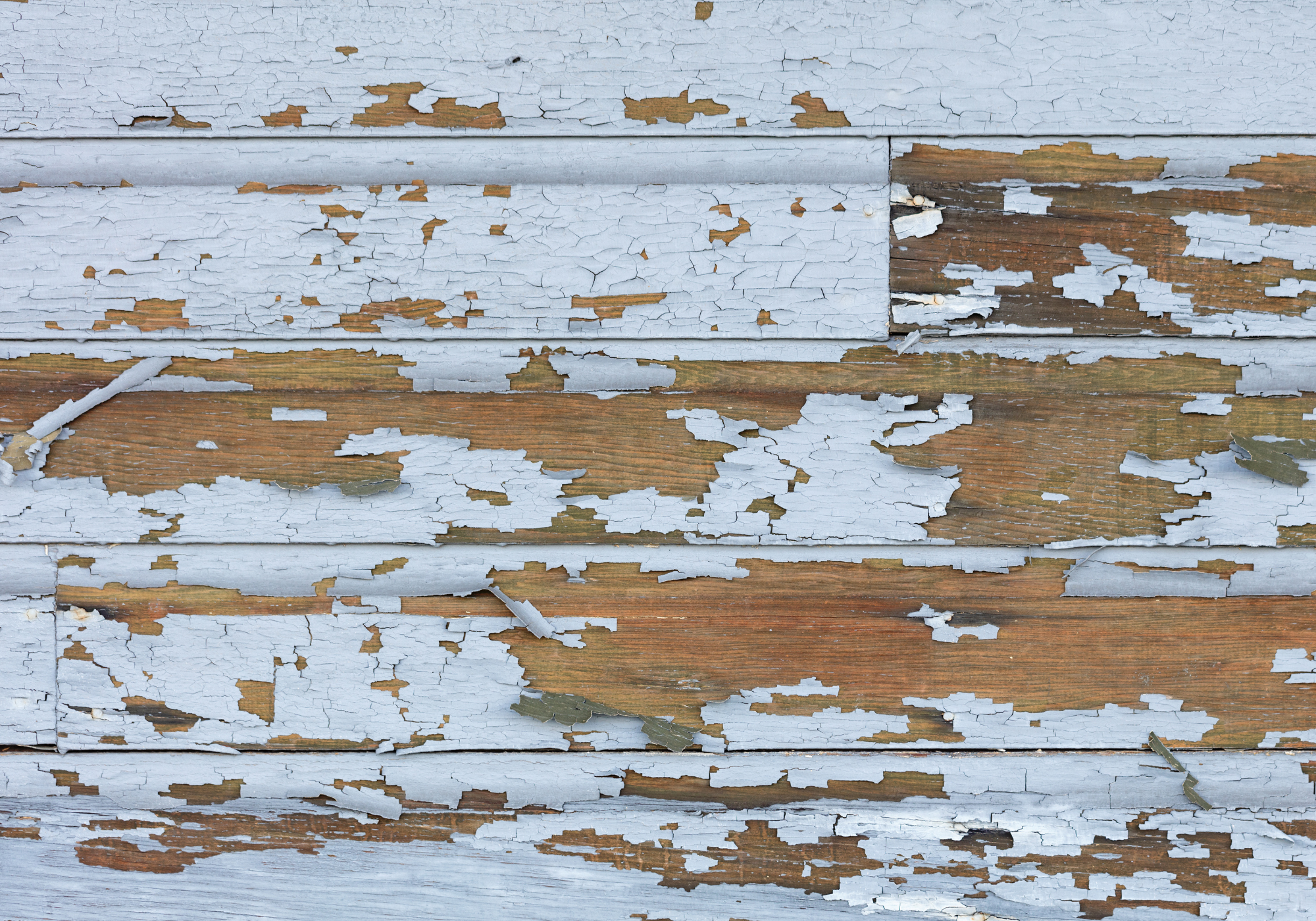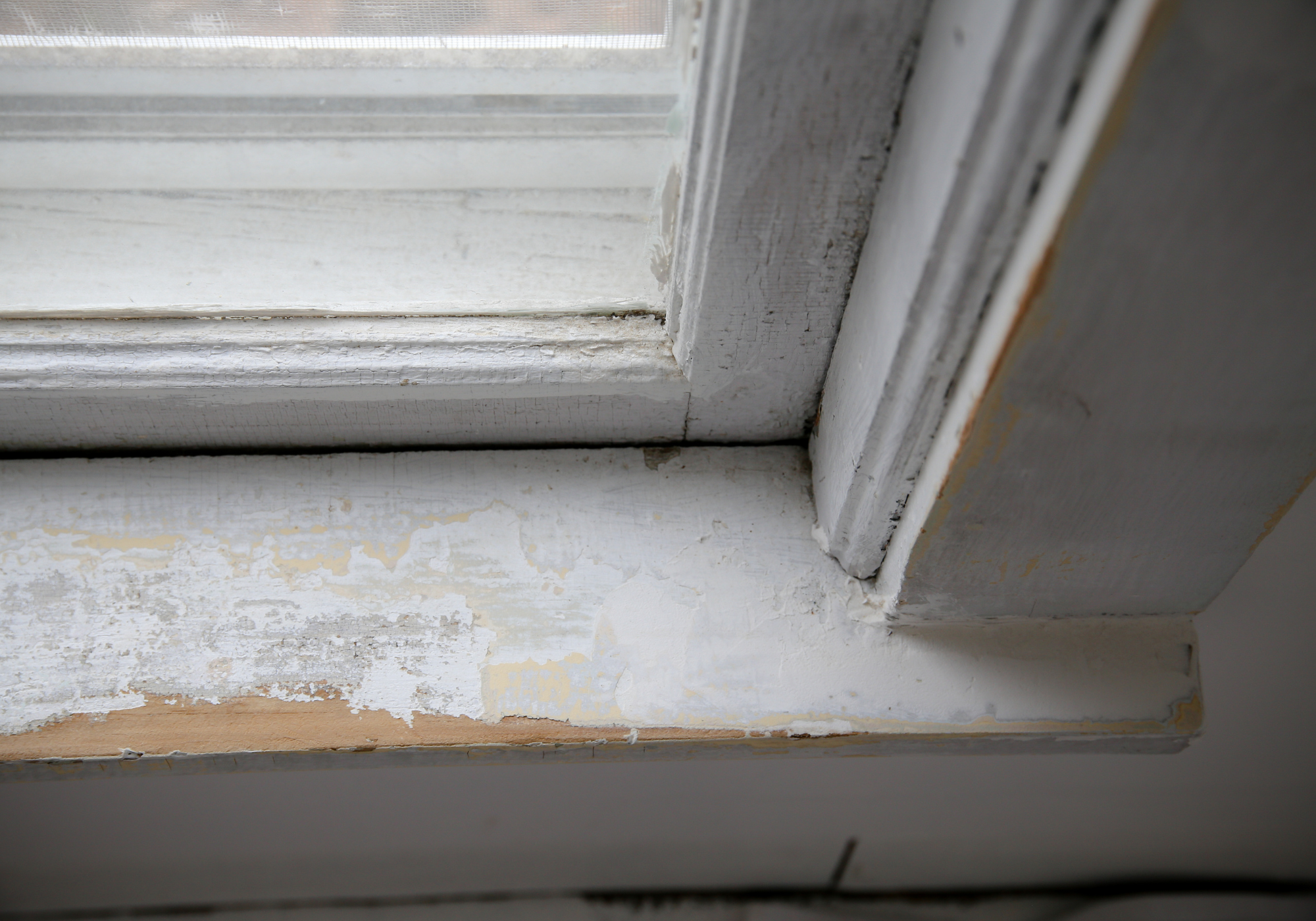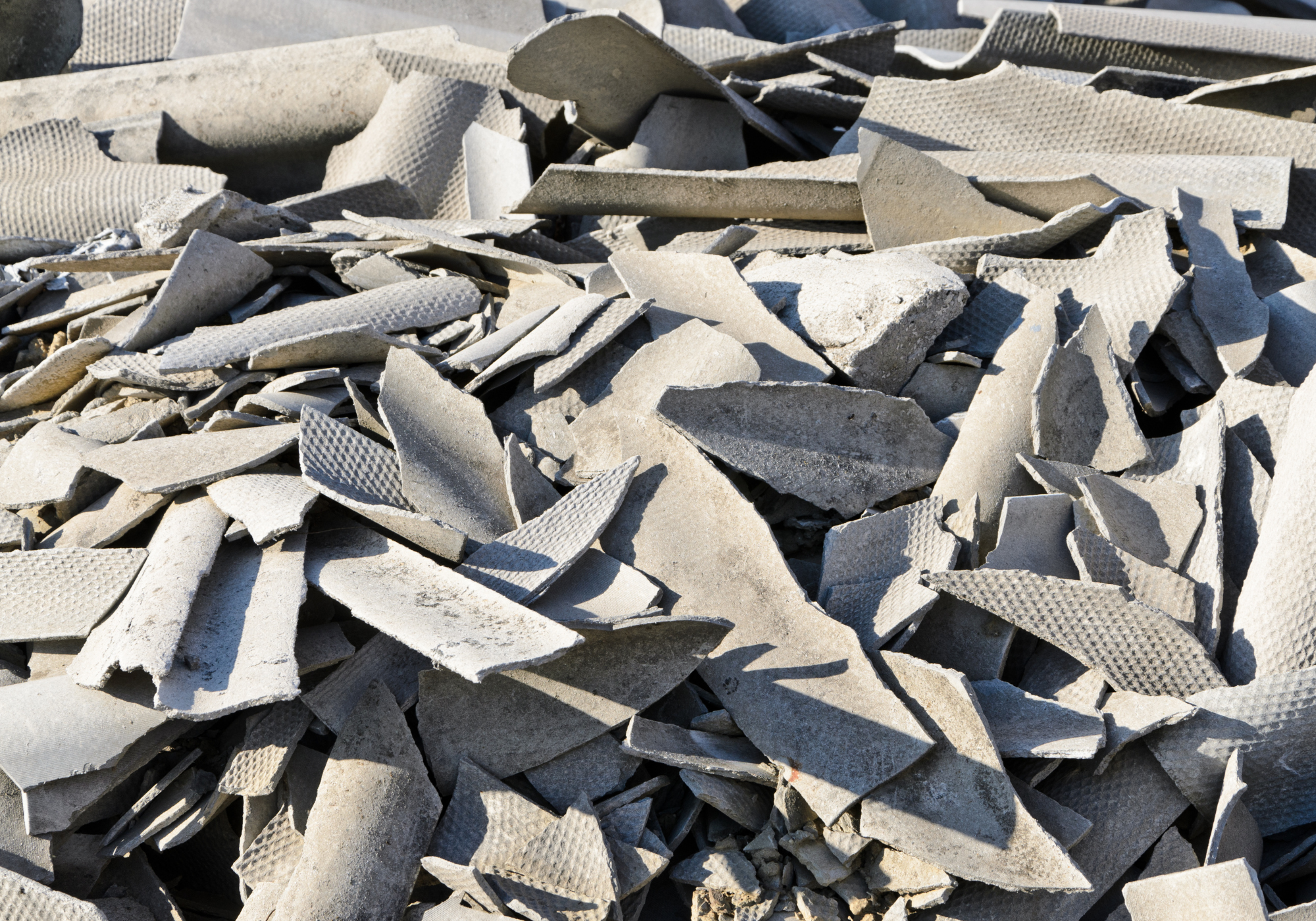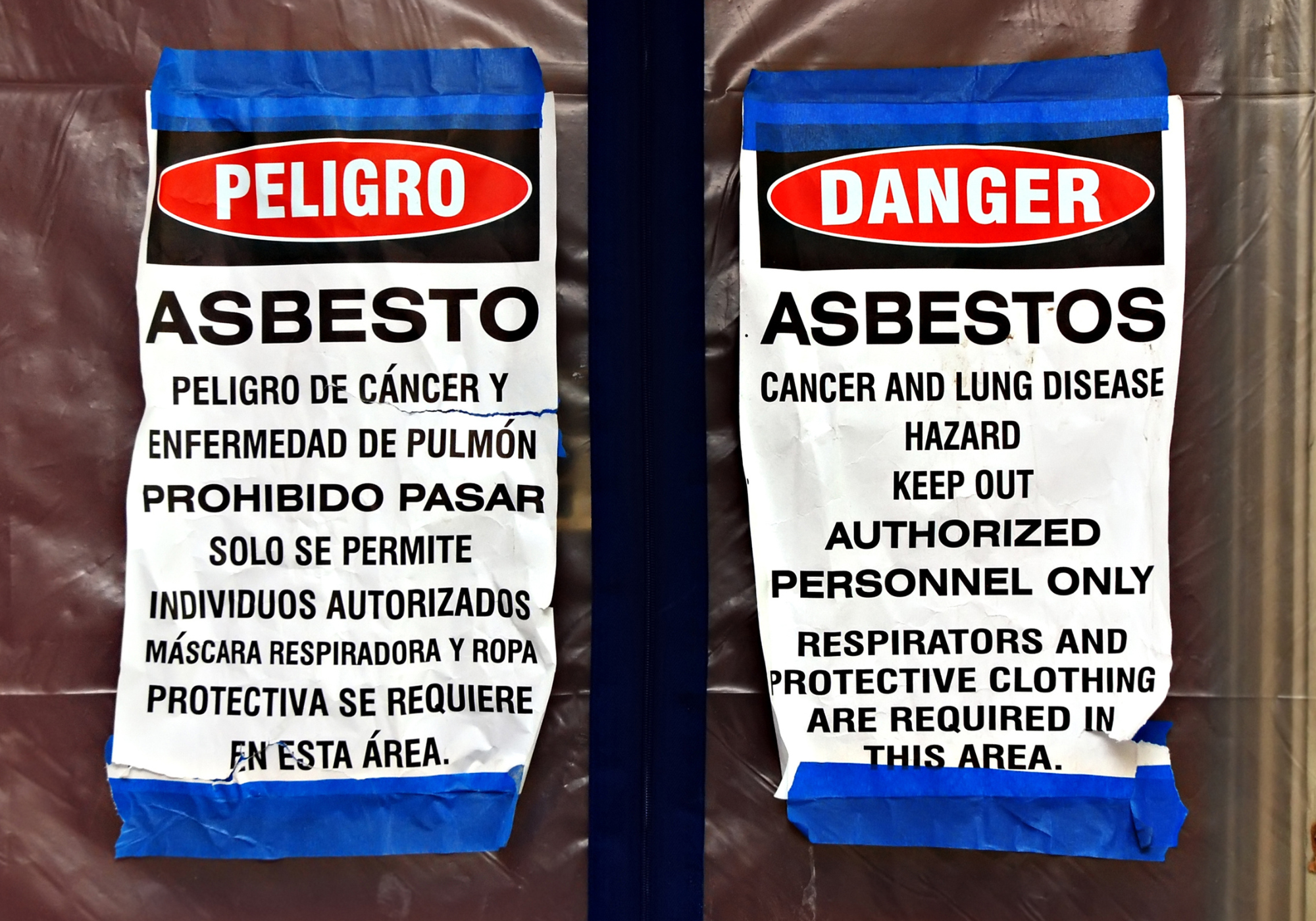Lead / Asbestos Testing
If you are considering buying an older home, it should be noted that the house could potentially contain lead or asbestos in some of the building materials commonly used during the construction of the home. The only way to verify if there are hazardous materials in the home is through lab testing of samples taken on-site.

Lead
Lead was a common material used in paint until it was banned for residential use in 1978. Homes built in the United States before 1978 are likely to have some lead-based paint in the home. It can be exposed on a wall, window trim, ceiling, or hidden behind layers of non-lead-based paint. When the paint is cracked or peeling, it creates lead paint chips and dust. Any surface that is covered with lead-based paint where the surface may wear by rubbing or friction is likely to cause lead dust. This includes windows, doors, floors, porches, stairways, cabinets, and walls. Children (and pets) can be exposed to lead if they touch or chew on surfaces coated with lead-based paint or paint chips that may fall on the floor.


Health Risks with Lead
The US department of Housing and Urban Development (HUD) states, “When lead is absorbed into the body, it can cause damage to the brain and other vital organs, like the kidneys, nerves, and blood. Lead may also cause behavioral problems, learning disabilities, seizures, and in extreme cases, death.”
Asbestos


Asbestos Hazards
Learn about Our Services
INSPECTION TYPES
Home Inspection
Commerical Inspection
Pre-Drywall Inspection
Quick Consult
Mold Assessment
Crawlspace Consultation
Stucco / EIFS / Stone Veneer
Structural Inspection
Short Term Rental Inspection
Termite Inspections
Radon Testing
Sewer Camera Inspections
Mold Screening
Repair Inspection
Cost Outline Report
Lead / Asbestos Testing
Water Testing
Pool / Spa Inspection
Water Testing
Add a water test to your inspection to avoid harmful contaminants that could cause you or your family long-term health problems!


